How to grow indoor plants without soil?
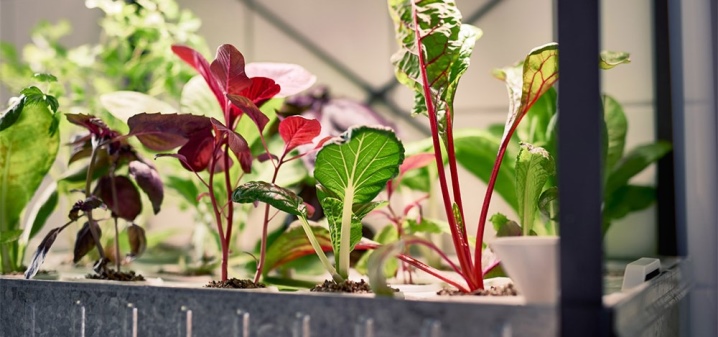
Growing flowers without land at home is a wonder to many. But the method stuck, because it turned out to be a very profitable business in floriculture. Flowers are strong, beautifully shaped, fragrant and retain their color. In short, there are not so many worries, there is no fuss with transplants, replacing land, finding high-quality soil, and so on, and the result is even better: such plants bloom earlier than those that grow in the soil. So how can they be grown without land?
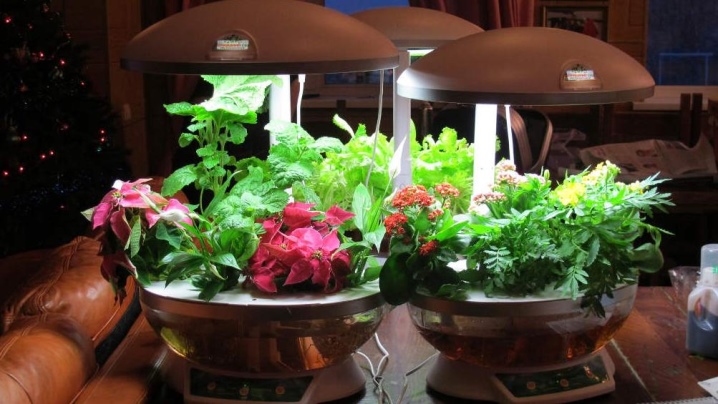
Technology features
To date, there are 3 ways to grow indoor decorative flowers without soil at home. Because what kind of nutrient medium should be created, we are dealing with hydroponics, aeroponics and substrates.
Hydroponics is feeding plants with aqueous solutions, you can make them yourself or buy ready-made and immerse the roots in them by 2/3.
To do this, you will need special containers or two pots, different in size and installed one in the other.
The inner vessel must be with slots or holes, outer - solid, preferably spherical and opaque. The most suitable material for pots is ceramics.
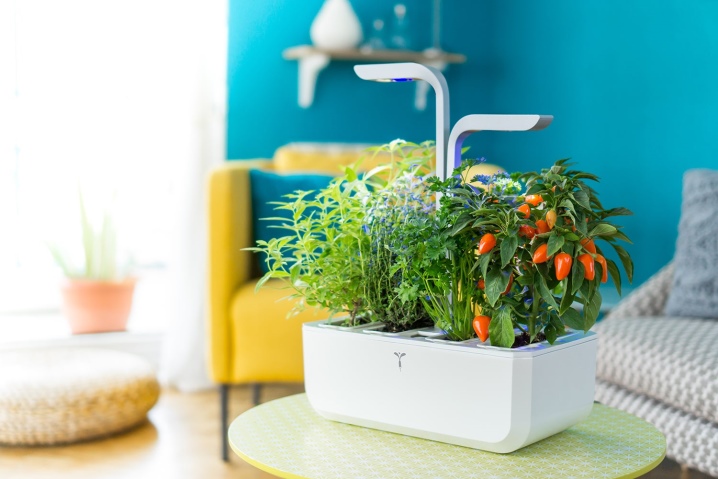
Aeroponic cultivation technology boils down to spraying the nutrient base onto the roots hanging in the air. The plant itself is fixed with a support and isolated from the root system. The root needs to be fed regularly so that it does not have time to dry out, as the plant will develop intensively.
Floriculture using substrates as a filler is also very common. In this case, we are talking about inert soil substitutes, which include:
- coarse sand;
- peat;
- gravel;
- expanded clay.
Moss and vermiculite are also good bases for growing indoor flowers.
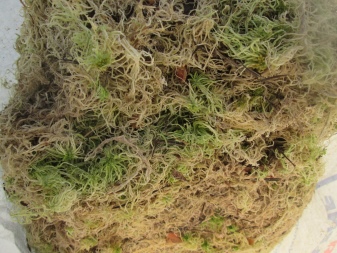
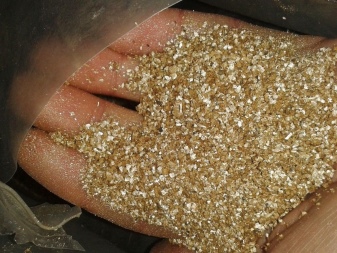
Houseplants growing in water
Even a novice florist can grow flowers at home without land. Anyone who decides to do floriculture at home can master the hydroponic method.
By the way, it is suitable for breeding any plant, but beginner growers are advised to take begonia, vriezia, ficus, cactus.
Anthurium, Dieffenbachia, Aspidistra, Monstera, Tradescantia and a number of other flowers can also be grown without soil. This method is good for forcing bulbous varieties.
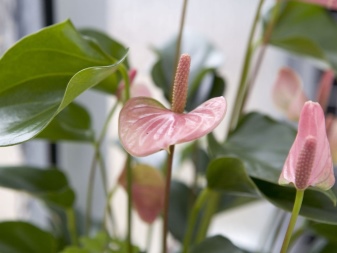
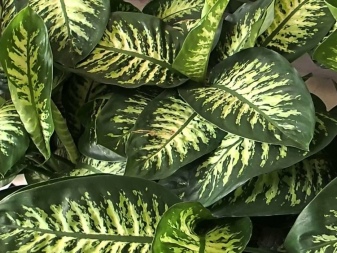
Types of substrates
Inert soil substitutes (substrates) are used both separately as a base and in mixed form. They can be disinfected without fear of chemical reaction. Substrates are breathable, here are their other properties:
- keep the flower upright;
- moisture-consuming;
- keep friable, which allows oxygen to get to the roots;
- do not form chemical reactions with salts of the nutrient medium.
Correct operation allows using some substrates within 10 years (granite, quartz), others - from 6 to 10 years (perlite, expanded clay), but less vermiculite - up to 3 years.
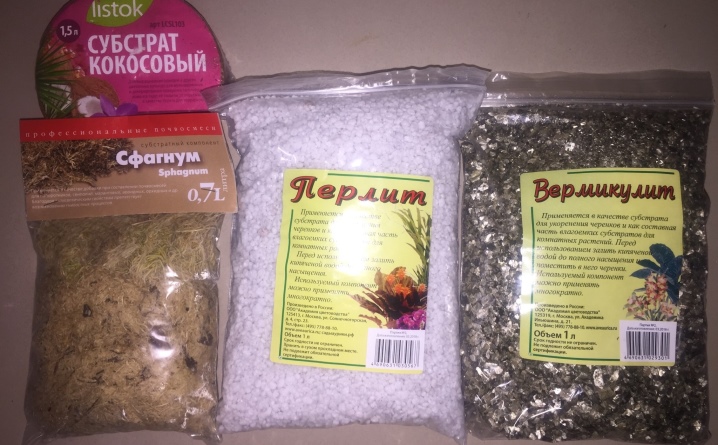
Expanded clay
As a basis for the cultivation of indoor plants, small expanded clay with a granule diameter of no more than 0.5 cm is suitable. It is able to absorb liquid, is breathable, provides good permeability to the roots and is inexpensive. Among the disadvantages, it collects and retains harmful substances if the plant has been in expanded clay for more than three years.
That is, from time to time he needs disinfection, and then he will serve for ten years.

Sand
Only coarse silica sand can be used as a substitute for soil. Before use, it is thoroughly cleaned and washed. Only after the water is clear can it be used. Such a substrate will also last up to 10 years. Usually it is chosen as a basis for growing succulents or in case you need to root cuttings.
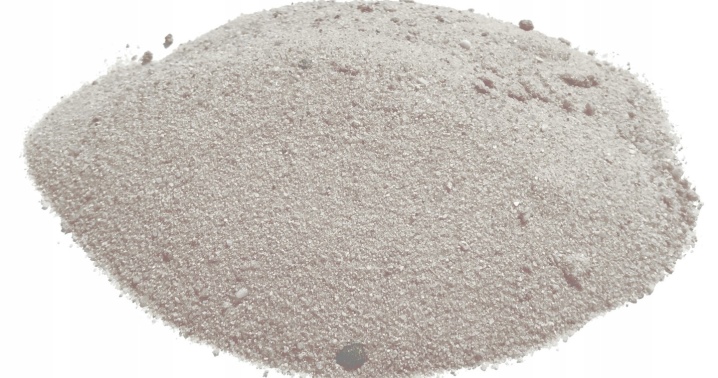
Peat
The material from raised bogs is better suited, in which the percentage of ash is 12, and the humidity is 60%. But before using such peat as a substrate, the composition must be processed. This is done using dolomite flour or chalk.
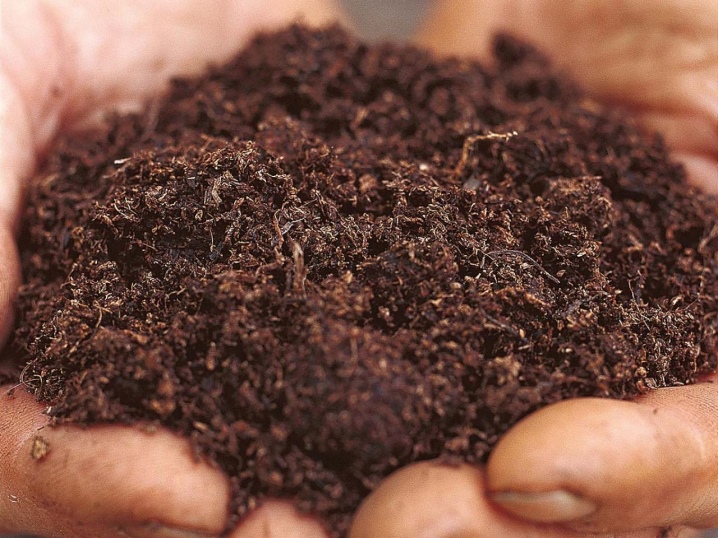
Vermiculite
The structure of this mineral is layered, which allows it to be used in floriculture as well. Only in this case, large vermiculite is chosen, which is heated until it swells - this way it will better provide oxygen to the plant... The substrate is moisture-consuming, therefore it feeds the sprout in a timely manner.
He has one drawback - this material is short-lived, and it will last only a year.
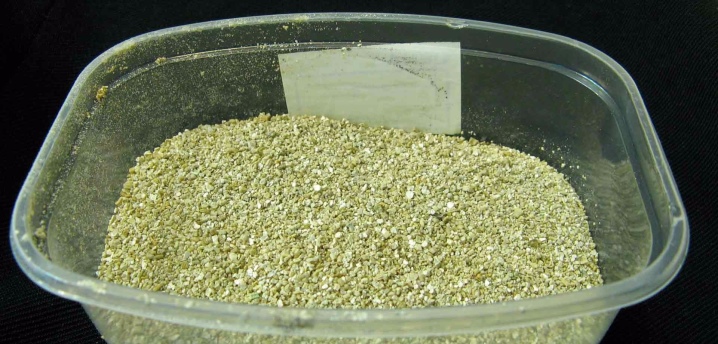
Preparation of solutions
The chemical composition (salt) with the elements of nitrogen, potassium, calcium, iron, copper, phosphorus, manganese and other useful substances is dissolved in water and a nutrient solution for flowers is obtained. Salts with macronutrients are placed in a dry glass jar. They can be immediately measured in portions and stored separately.
The composition with iron is kept in a dark glass dish. And if the rest of the salts can be stored for a long period of time diluted, that is, in the form of a solution, then the composition of iron is prepared as needed. For 1 liter of liquid, 1.5 grams of salts are required. Further, the calculation is simple: 75 g of salt is weighed out for 50 liters.
This amount can be dissolved in 0.5 liters of water in advance, drained into a jar, and the concentrate at the right time, pour into the remaining 49.5 liters.

The concentrated composition is not recommended to be stored for a long time so that the salts do not precipitate. It is advisable to use rainwater or distilled water to prepare the nutrient solution. If there is none, make sure that it is clean, free of impurities. After about a month and a half, the nutritional composition is changed. Depending on the season, the plant needs more of this or that element. For example, potassium should dominate in the solution in winter, and nitrogen in spring and summer.
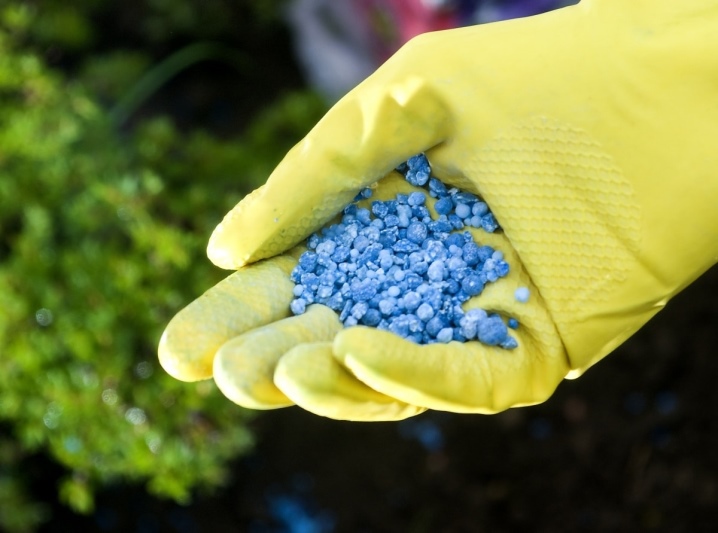
Expert advice
Growing indoor plants without soil is easy. Here are some tips from those with this experience.
- Do not allow the root system to dry out. The roots have a delicate cover, so if there is a lack of moisture, the flower will die. It is also important to provide air access to the base of the plant.
- Fillers made of expanded clay, vermiculite, peat are better suited for growing ornamental plants at home. They perfectly retain moisture, are sterile and provide a good level of air exchange.
- When preparing the nutrient solution, it is advisable to dissolve each salt separately, and then mix them.
Annual and biennial ornamental plants are best grown hydroponically. By following the technology, you can get a gorgeous bloom without additional problems with finding and replacing soil, replanting plants, and most importantly, you do not have to fight flower diseases.
How to grow indoor plants without land, see below.































The comment was sent successfully.